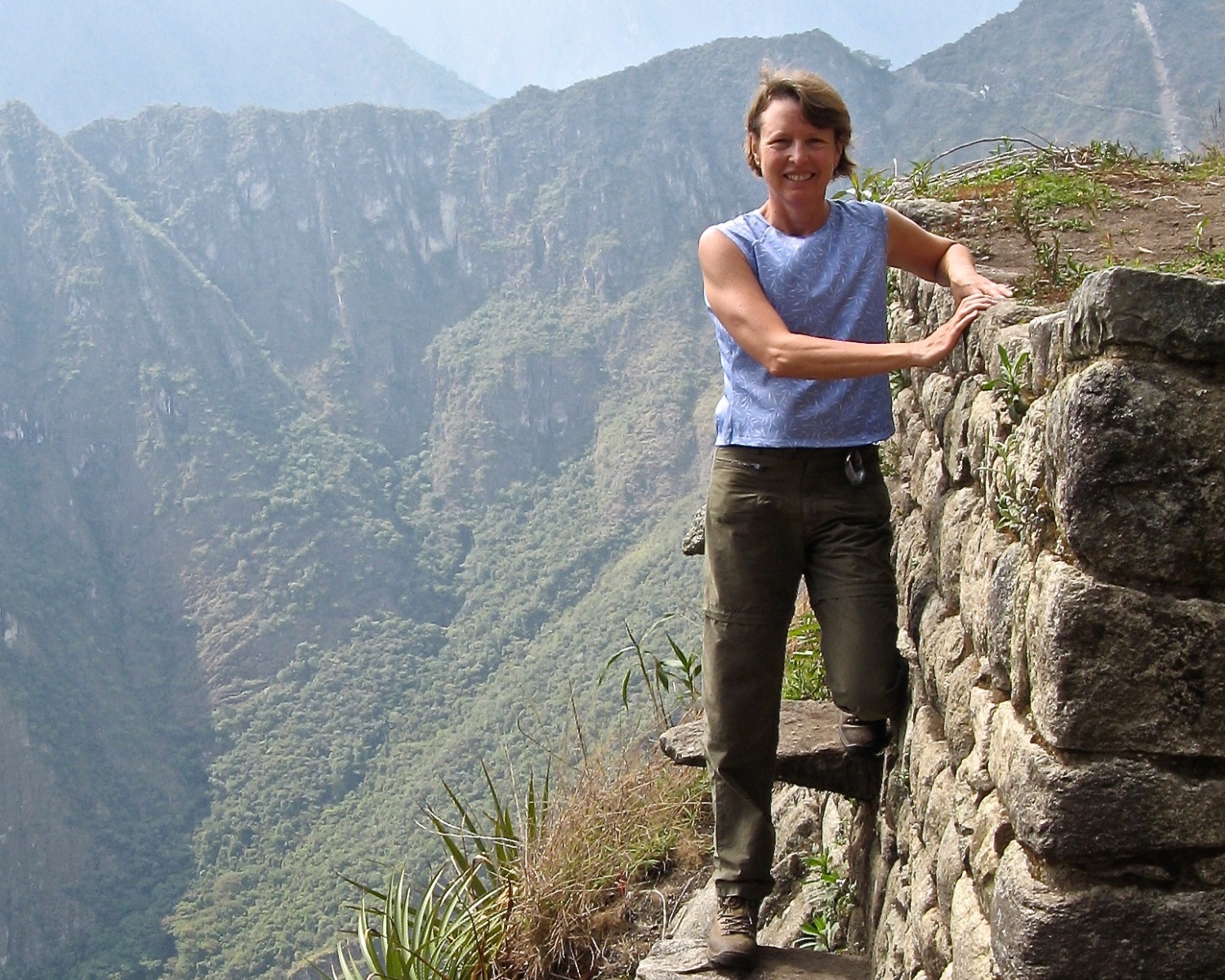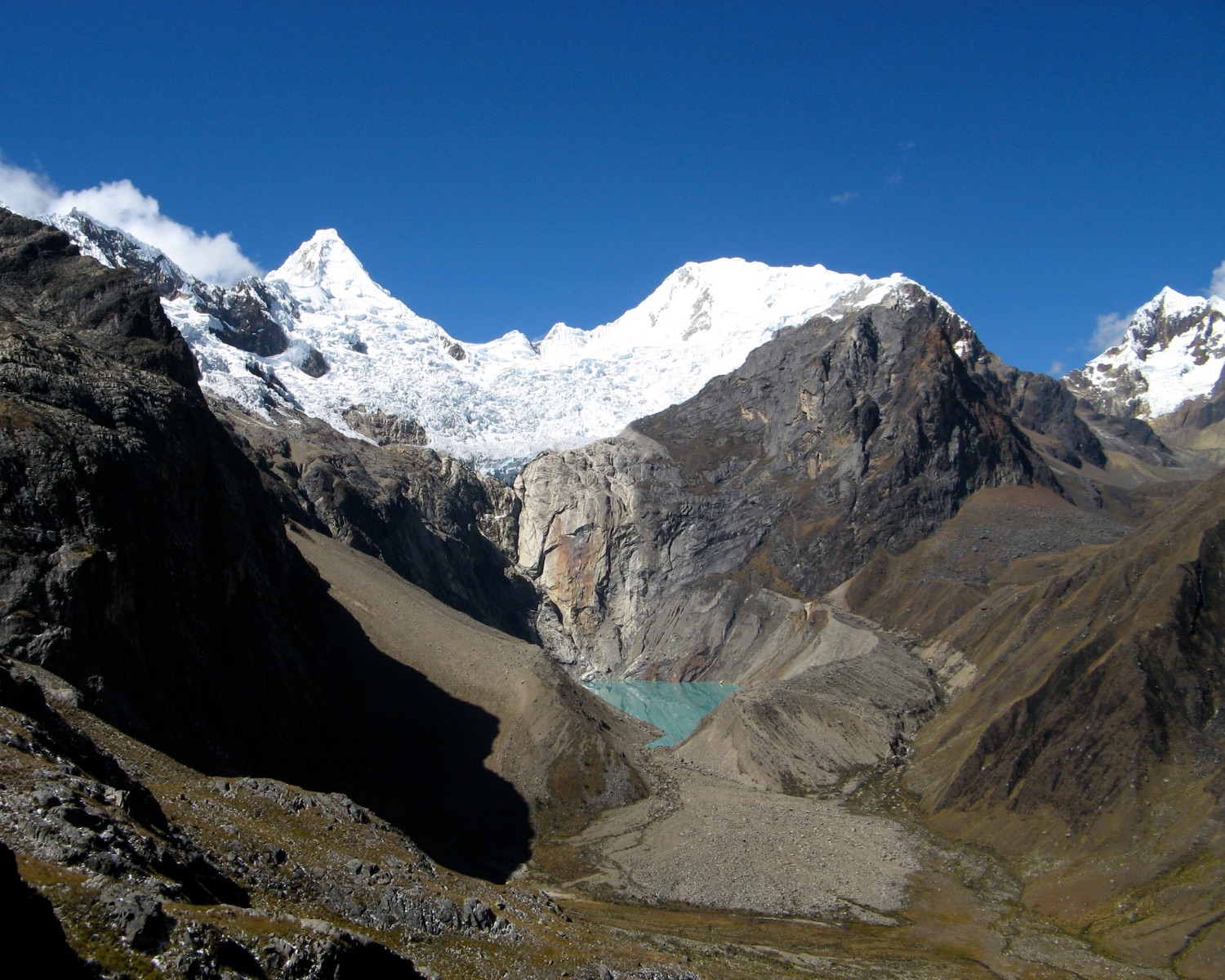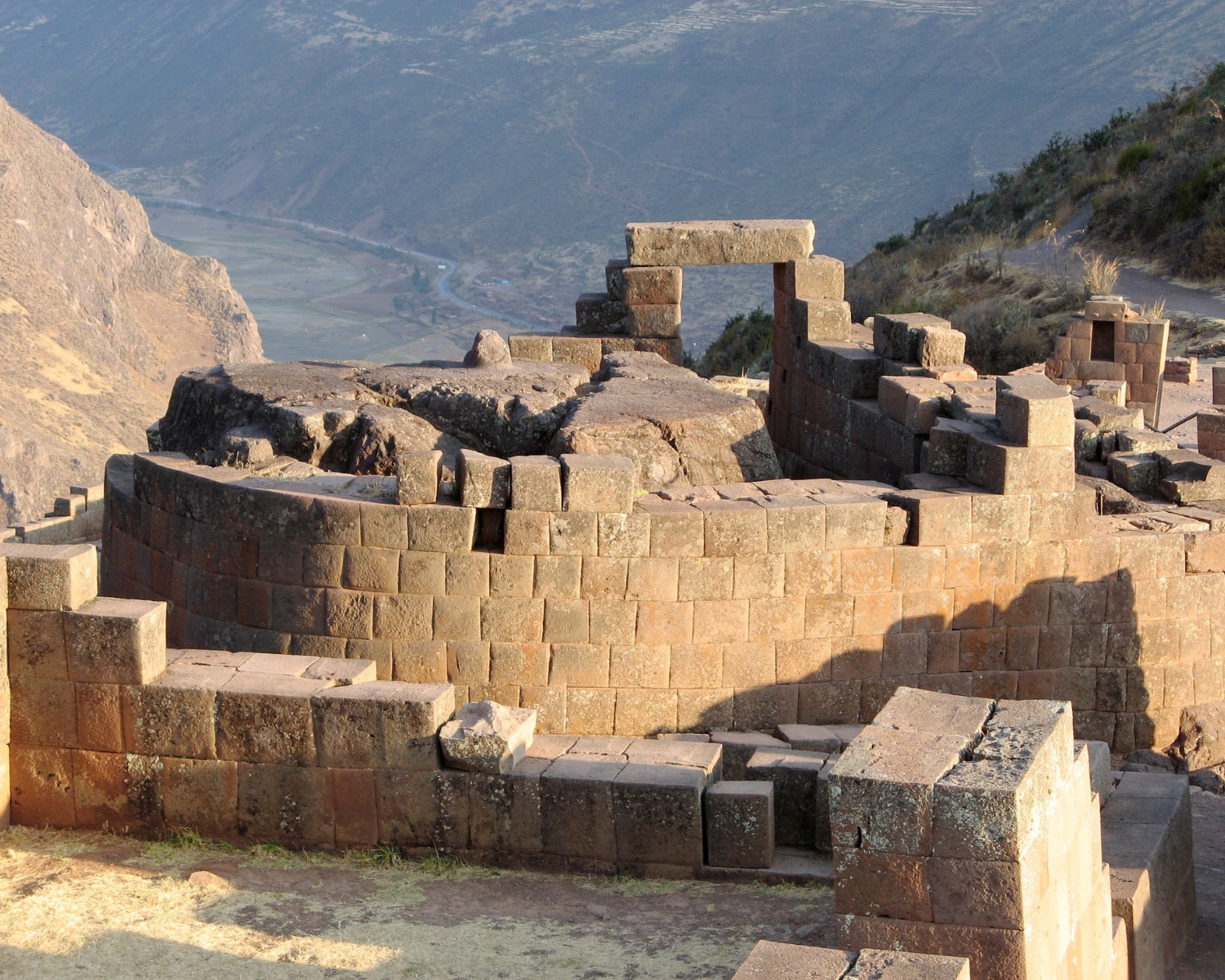Geologist, geographer and writer.
For as long as I can remember I have been fascinated by our natural world and how it affects human societies. We are shaped by our environment – and the foundation of the natural world is geology. Geology creates the landscape and influences the climate; it focuses human settlement patterns by determining agricultural production and resource availability; and it controls natural hazards such as volcanoes and earthquakes. Our planet is complex and highly diverse.
In college I initially studied cultural Geography, emphasizing human influence on the environment. After graduation I was employed at a planning and design firm where I wrote environmental impact reports. After a few years I wanted to learn more about the natural world, plus spend time working outside of an office, so I pursued another degree in Geology and then a doctorate in Paleontology. Along the way I landed a position evaluating geologic hazards with a consulting firm. Traveling for this consulting work was a fabulous way for me to learn more about the world. Between trips for work projects and on holidays, I have had opportunities to visit several continents.
The country that has impressed me the most is Peru. When I first traveled there as a tourist in 2005, I was astounded by the size and majesty of the Andes Mountains. Towering along the western edge of South America for thousands of miles, they are the location of frequent earthquakes, volcanic eruptions, droughts, floods, and other natural disasters. As I learned more about the ancient cultures that had inhabited these mountains, I was awed by the accomplishments and adaptations of the indigenous people, allowing them to flourish in such a challenging environment. I was particularly intrigued by the stone block structures that they built, including the ability of many of these to withstand the tests of a dynamic geologic environment for centuries.
I searched for books with a broad overview of the geology and geography of the Andes. Finding none, I decided to write such a book myself. Subsequently, along with my two favorite field geologists and a biologist, I revisited Peru to collect information for my book.
In my 35 years of experience as a consulting geologist I have evaluated potential earthquake, volcanic and other geologic hazards for numerous critical facilities such as large dams and power plants. The years I spent searching for traces of active faults while hiking through rugged landscapes in the Western U.S. and in the Sahara Desert in Egypt were a highpoint in my career. I have had the opportunity to learn about geologic hazards for locations around the globe, ranging from Canada to Papua New Guinea. I have participated in many studies to develop hazard methodology and policy recommendations for federal, state, and professional organizations.
I am the author or co-author of many technical papers (also published under the name R. C. Perman). My bachelor’s degrees in Geography and Geology, and my Ph.D. in Paleontology, are all from the University of California at Berkeley. My family settled in the San Francisco Bay Area many generations ago, and I feel fortunate to be a lifelong resident of this area. Among my favorite activities are hiking through the hills and along the coastlines of the numerous regional parks, with the huge expanse of the Pacific Ocean to the west always reminding me of the wider world.



